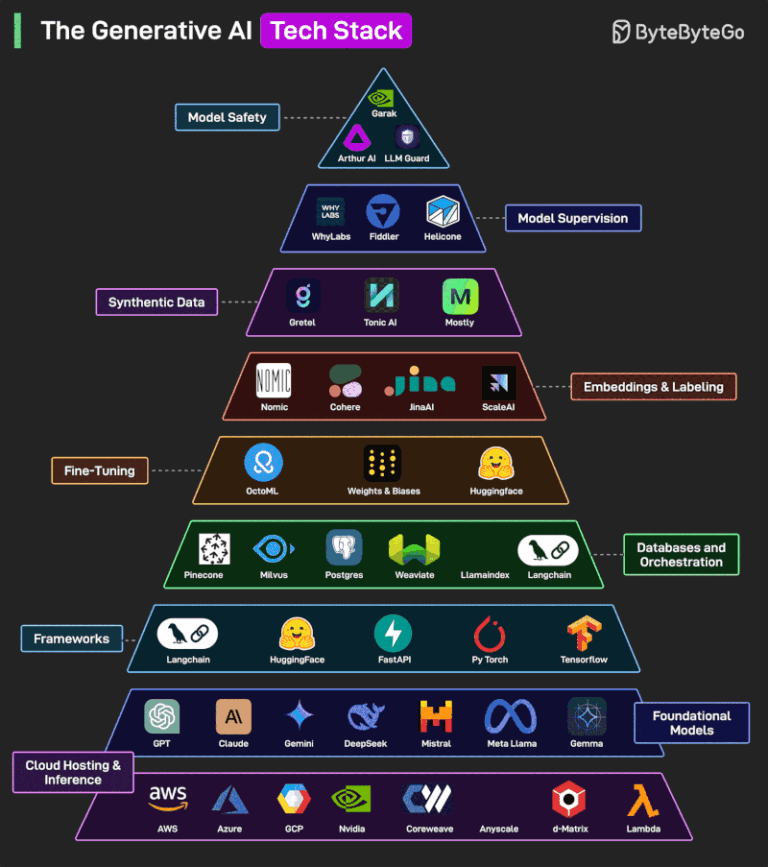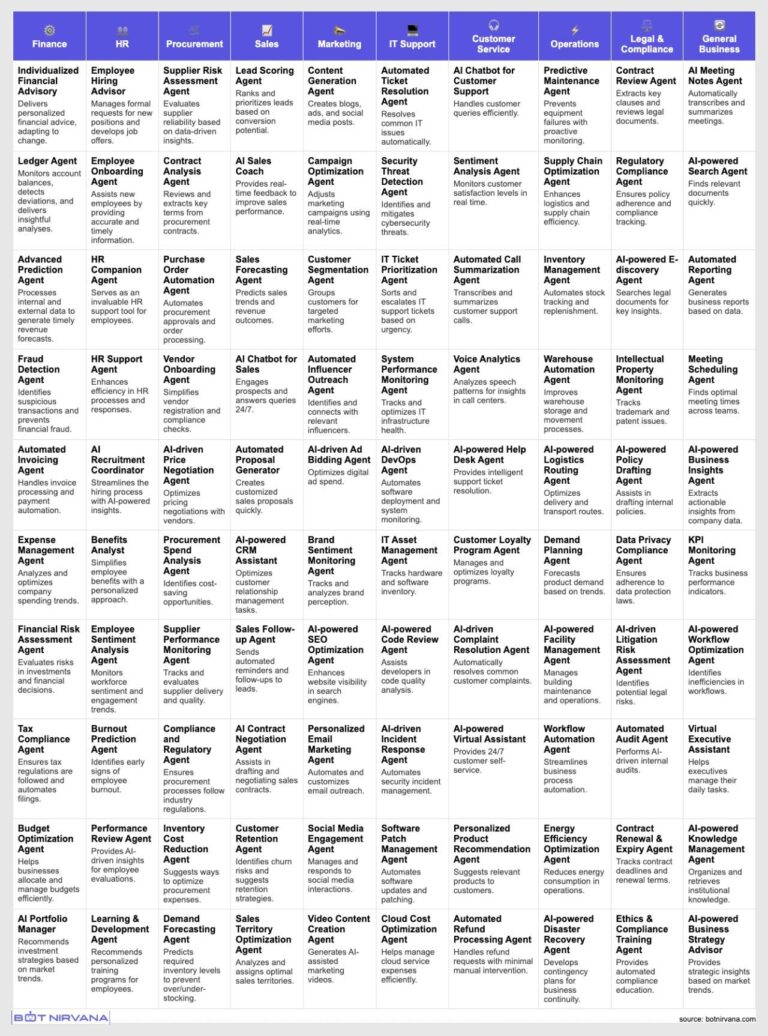AI Bias and Discrimination Policy: Ensuring Fairness Across Operations
Every AI system carries the risk of perpetuating or amplifying biases. A robust bias policy protects both your stakeholders and your business by establishing systematic checks and balances. This framework focuses on detecting, preventing, and addressing bias at every stage of AI deployment, from initial testing through ongoing operations.
Your bias prevention policy must establish concrete measures including:
- Regular testing of AI outputs across different demographic groups
- Benchmarks for acceptable performance variations between groups
- Procedures for investigating potential bias
- Defined thresholds that trigger human review
- Documentation of bias mitigation efforts
- Training requirements for teams working with AI systems
- Regular audits by individuals not directly involved in system development
When bias is detected, having clear remediation procedures helps you address issues quickly while maintaining stakeholder trust. Document incidents and corrections to demonstrate your commitment to fair practices.
Example 1: Lending Decision AI Fairness
A regional bank uses AI for initial loan pre-approvals. Their bias prevention system includes:
- Monthly analysis of approval rates across different demographic groups
- Statistical testing to identify any significant disparities
- Documentation of the variables used in decision-making, with justification for their inclusion
- Regular testing with synthetic data representing diverse scenarios
- Quarterly reviews with compliance officers to assess fairness metrics
When analysis revealed slightly lower approval rates for certain zip codes, they adjusted their model and documented the changes.
Example 2: Healthcare Resource Allocation
A medical group uses AI to optimize appointment scheduling and resource allocation. Their bias prevention framework requires:
- Weekly monitoring of wait times and resource access across patient demographics
- Clear documentation of prioritization criteria
- Regular testing with diverse patient scenarios
- Automatic flags for any significant disparities in care access
- Mandatory human review of any AI-suggested resource reallocation
This system helped them identify and correct an unintended bias in their scheduling algorithm that was subtly disadvantaging elderly patients.
This framework should evolve with your AI systems, incorporating new testing methods and fairness metrics as they become available. Regular review and updates ensure your bias prevention measures remain effective as both technology and societal expectations change.



